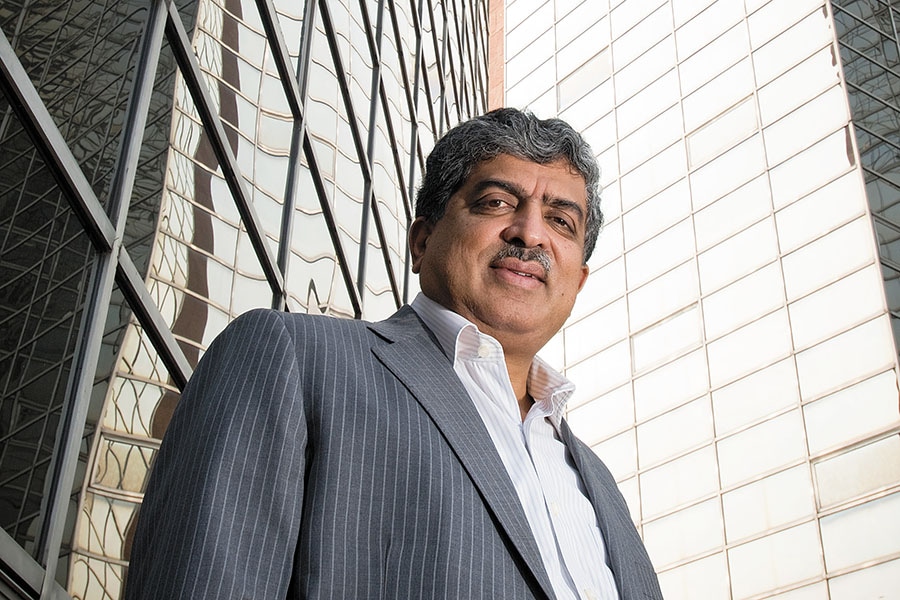Digital payments to rise tenfold in three years
RBI committee recommends UPI expansion to meet target


 Nandan Nilekani
Nandan Nilekani
Image: Amit Verma [br]A committee set up by the Reserve Bank of India (RBI), and headed by Nandan Nilekani, co-founder of Infosys and former chairman of Unique Identification Authority of India, submitted a report in May on ‘deepening digital payments’ in the country. The report, which was made public recently, envisages a 10-fold rise in digital payments over the next three years. Its recommendations for reaching that goal include the expansion of the Unified Payments Interface (UPI) to allow remittances and payments from Indians living and travelling abroad.
UPI, which was started less than three years ago, has evolved into a mainstream payment option, with close to 800 million transactions this March, according to the National Payments Corporation of India. In March, the amount of money transacted rose by 25 percent, compared to February, to ₹1.3 lakh crore, a six-month record.
However, on a per-capita basis, Indians made 22 digital transactions in 2018-19, compared to Singapore’s 782 and China’s 97 in 2017. And unlike China, where Tencent Holdings’ WeChat dominates the market, in India there are a plethora of companies that offer similar options.
“The Indian payment ecosystem is transitioning. It is moving from an era of issuance to an era of acceptance,” the report said. In the last five years, the country has seen about 300 million people enter the banking network through the Pradhan Mantri Jan Dhan Yojana. There has also been a rise in digital credit into bank accounts due to the government’s direct-benefit transfers, and digitisation of government payments.
Despite banks in India issuing a cumulative of about 1 billion debit cards and 50 million credit cards to date, acceptance remains low, with only about 3.5 million point-of-sale devices, and 200,000 ATMs, the report adds. Transactions per device are also low. However, those through mobile phones have started growing, and now represent a significant proportion of total digital transactions.
“This growth will be driven by a shift from high-value, low-volume, high-cost transactions to low-value, high-volume, low-cost transactions,” the reports says.
First Published: Jun 20, 2019, 08:57
Subscribe Now